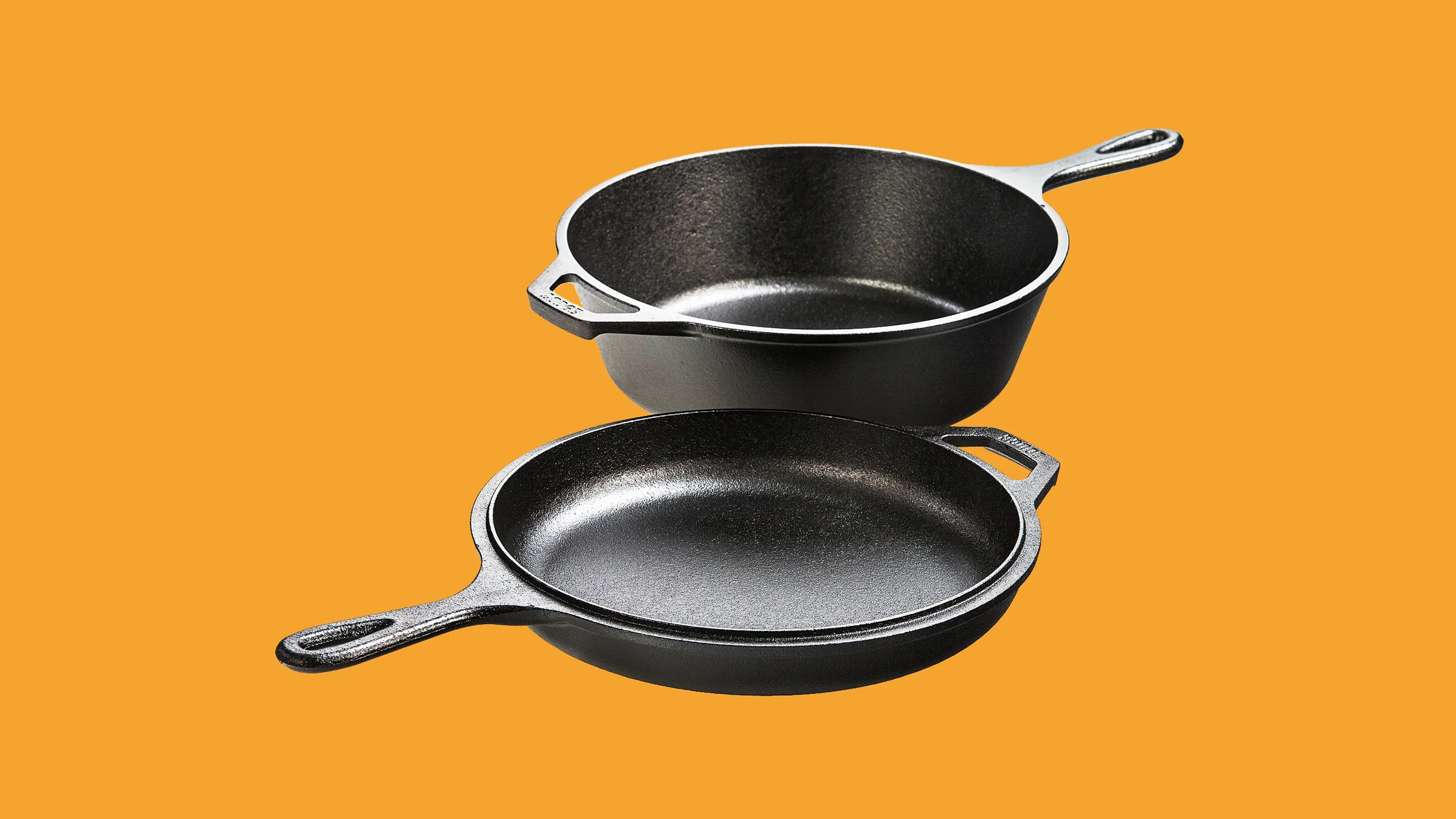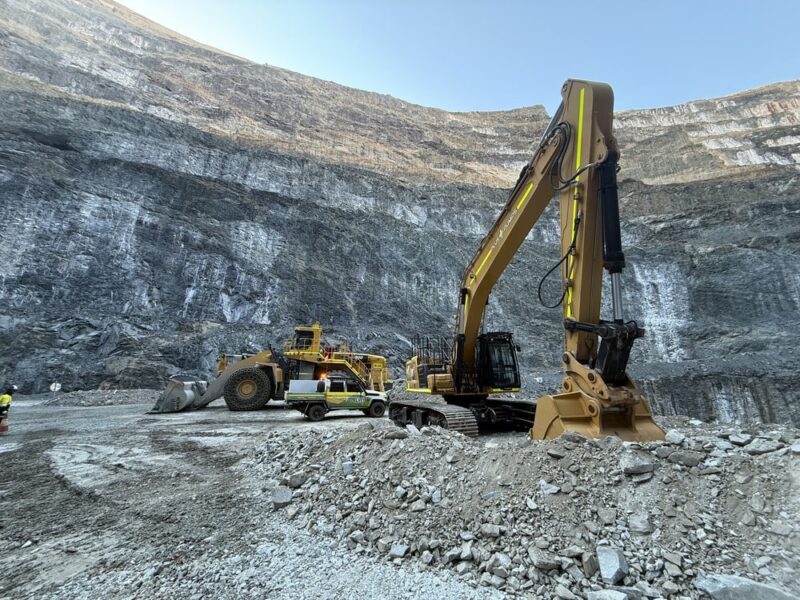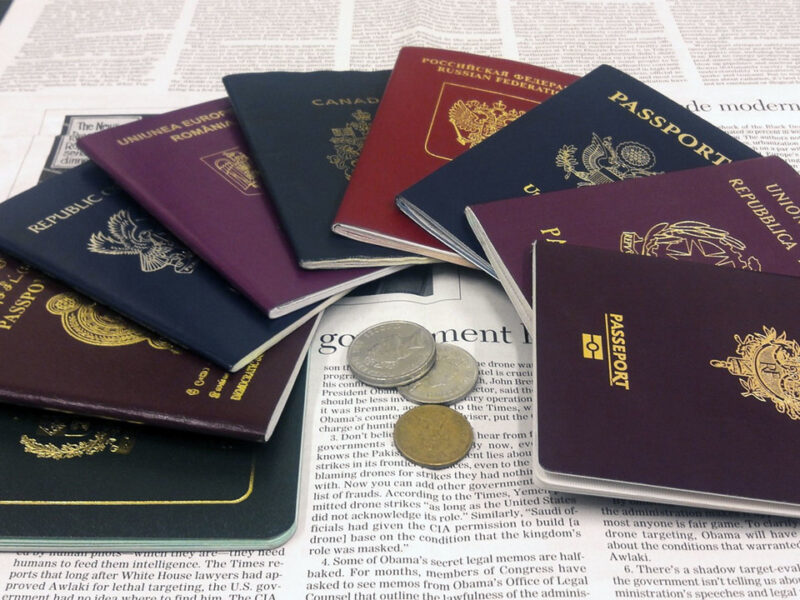So you love cooling? If yes, then you should know that a saucepan is extremely versatile and is perfect for cooking anything involving liquids, such as reheating soup or creating sauces. Its steep edges provide a more extensive surface area that helps to heat any sauce or liquid within evenly. It can also be used to braise, deep fry, or boil grains and pasta along with their traditional use, like making sauces, stews, or simmers.
How to Choose One?
You may avoid Teflon-coated nonstick pans. And when cooking, you must be careful not to overheat plastics like Teflon. Meanwhile, look for a high-quality, long-lasting pan, and although this may cost more than inexpensive ones, they will last far longer. Besides, they’ll also prepare the dish more expertly.
A non-reactive pan is practical since various meals may be cooked. On the other hand, reactive include those made of cast iron, unlined copper, and aluminium. This is because metals can affect the flavour of your meal when cooking acidic foods, even though they are strong heat conductors.
So, since stainless steel pans don’t have a nonstick coating and conduct heat evenly, they are a fantastic choice; however, they transfer heat quite slowly. And although copper pans are excellent heat conductors, they may be pricey to purchase. Moreover, if the pan is not lined, it can potentially react with acids to produce dangerous compounds.
Leftover food can become discoloured and taste metallic in aluminium pans. However, they are effective heat conductors. In the meantime, although glass is not reactive, you must be careful not to break it. They also have poor heat conductivity.
Materials
There are many different materials for saucepans, each with unique properties, such as rapid heating or oven compatibility.
Stainless Steel: Stainless steel is a well-liked choice for these pans since it offers consistent heat distribution and is safe for dishwashers, making it perfect for most people. And if you have a tiny kitchen, you may leave your stainless steel pan out and on show because of its trendy appearance.
Copper: Copper is known for heating up rapidly and cooling down quickly, providing complete control over the cooking process. It permits uniform heat dispersion, guaranteeing that your food is perfectly cooked. Copper pots are strong, long-lasting, and even safe to use with metal utensils. A stainless steel lining prevents copper pans from reacting with minerals and altering the flavour of your meal. Besides, it is best to clean copper saucepans by hand, and they can also be used in the oven.
Cast Iron: Since cast iron cooks evenly and slowly, dishes prepared in it will taste better. And because cast iron retains heat well, it takes a while to cool down. Moreover, cast iron is excellent for keeping meals warm since it has heat, but watch out for curious hands!
Cast iron is a material that works well in ovens because it can withstand high temperatures, and washing it by hand is better.
Aluminium: While aluminium utensils are excellent heat conductors, improper handling can cause them to burn or damage. And if you need saucepans with simple upkeep, aluminium ones are a perfect choice because they are lightweight and often dishwasher safe. Meanwhile, for precise cleaning advice, be sure to read the manufacturer’s instructions.
Ceramic: Ceramic is a significant substance that can survive cooking at high temperatures, which makes it ideal for searing.
Hard-Anodised Aluminium: If you typically cook on medium to high heat, hard-anodised aluminium is a fantastic option for a saucepan. As such, it is simpler to cook with this utensil because of the hard-anodised aluminium’s ability to transmit heat evenly. Additionally, it warms up rapidly, enabling you to start preparing that perfect sauce right away.



